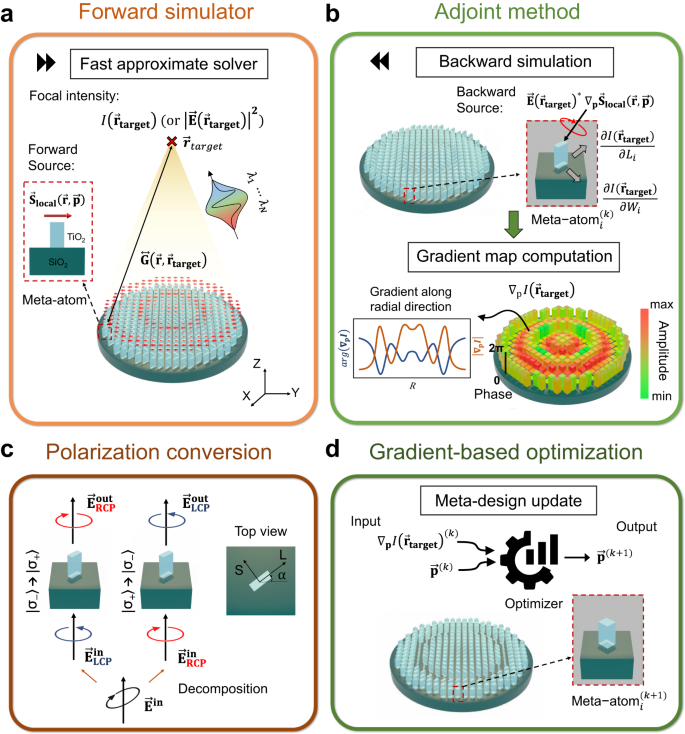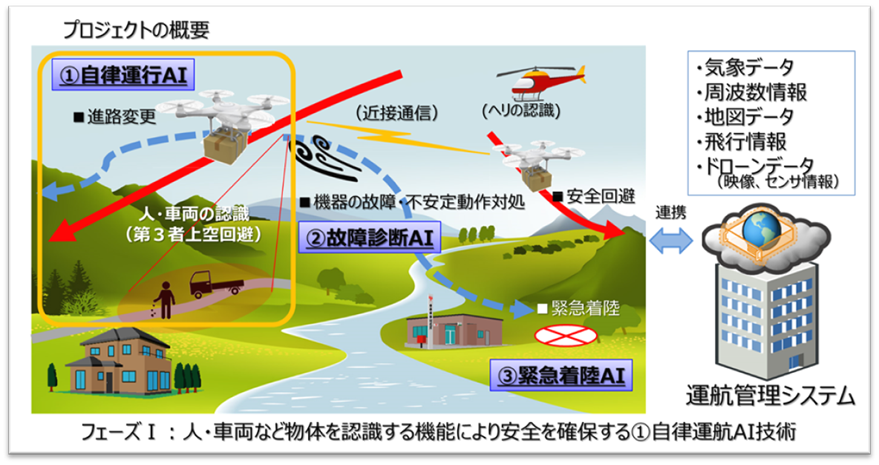より大きく、より複雑な金属レンズへの道を開く新しいアプローチ New approach paves the way for larger, more complex metalenses
2022-05-16 ハーバード大学
ハーバード大学ジョン・A・ポールソン工学応用科学大学院(SEAS)とマサチューセッツ工科大学(MIT)の研究チームは、大規模なメタサーフェスを設計するための新しい手法について、『Nature Communications』に掲載された論文で、機械知能の技術を利用してデザインを自動的に生成することを説明しています。
<関連情報>

逆設計により、バーチャルリアリティを再形成する大規模高性能メタオプティクスを実現 Inverse design enables large-scale high-performance meta-optics reshaping virtual reality
Zhaoyi Li,Raphaël Pestourie,Joon-Suh Park,Yao-Wei Huang,Steven G. Johnson & Federico Capasso
Nature Communications Published:03 May 2022
DOI:https://doi.org/10.1038/s41467-022-29973-3
Abstract

Meta-optics has achieved major breakthroughs in the past decade; however, conventional forward design faces challenges as functionality complexity and device size scale up. Inverse design aims at optimizing meta-optics design but has been currently limited by expensive brute-force numerical solvers to small devices, which are also difficult to realize experimentally. Here, we present a general inverse-design framework for aperiodic large-scale (20k × 20k λ2) complex meta-optics in three dimensions, which alleviates computational cost for both simulation and optimization via a fast approximate solver and an adjoint method, respectively. Our framework naturally accounts for fabrication constraints via a surrogate model. In experiments, we demonstrate aberration-corrected metalenses working in the visible with high numerical aperture, poly-chromatic focusing, and large diameter up to the centimeter scale. Such large-scale meta-optics opens a new paradigm for applications, and we demonstrate its potential for future virtual-reality platforms by using a meta-eyepiece and a laser back-illuminated micro-Liquid Crystal Display.



